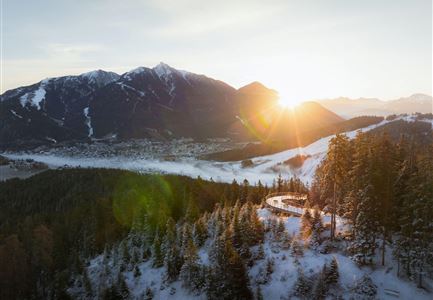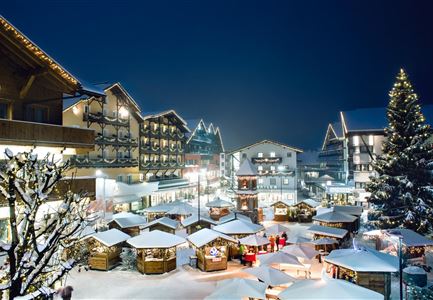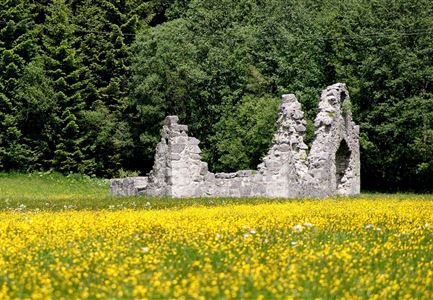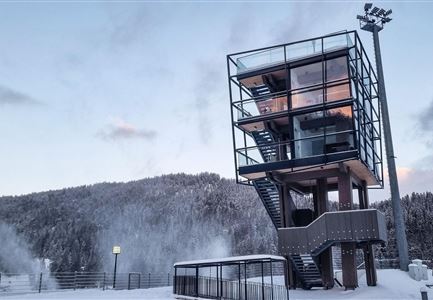Address & Contact
Town:
Hinterautalstraße 555a, 6108 Scharnitz
Phone:
Email:
Web:
Historical places
ruins
During the Thirty Years' War (1618 – 1648), the Innsbruck government obtained permission to build a fortification on the grounds of the Prince-Bishopric of Freising in the narrow pass of Scharnitz. It was built between 1632 and 1634.
On the occasion of the ceremonial inauguration of the massive dam, it was given the name of the personally present land princess Claudia de’ Medici.
At the same time, the so-called “Schanz” was established as a border fortification at the end of the valley in Leutasch. The Porta Claudia was not attacked during the Thirty Years' War; however, it was further expanded around 1670 according to the plans of Christoph Gumpp.
During the “Boarish Rummels” in 1703, Elector Max Emanuel II managed to surprise and occupy the Porta Claudia. When the Bavarian garrison blew up the powder magazine, it caused significant destruction, which was, however, soon repaired.
When Goethe went by here on his trip to Italy in 1786, he noted: “At Scharnitz one enters Tyrol. The border is closed with a rampart that blocks the valley and connects to the mountains. It looks good. On one side, the rock is fortified, while on the other it rises vertically.”




